Hyperpigmentation is a common problem, especially in areas where the sun and pollution can make things worse. These darker patches happen when the skin produces too much melanin (i.e., the pigment that gives the skin its color). The usual causes are too much sun, hormonal changes, and after a pimple or cut heals.
Although hyperpigmentation is far from dangerous, it can make people feel self-conscious and affect how healthy their skin looks. The good news is that consumers can use the right serum to help fade the spots and even out their skin tone.
This article will explore what retailers should consider before stocking serum for hyperpigmentation in 2025.
Table of Contents
Why consumers need serums for hyperpigmentation
How big is the hyperpigmentation treatment market?
What to consider when adding serum for hyperpigmentation to new arrivals
1. Key ingredients to look for
2. The consumer’s skin type
3. Check active ingredient percentages
Rounding up
Why consumers need serums for hyperpigmentation
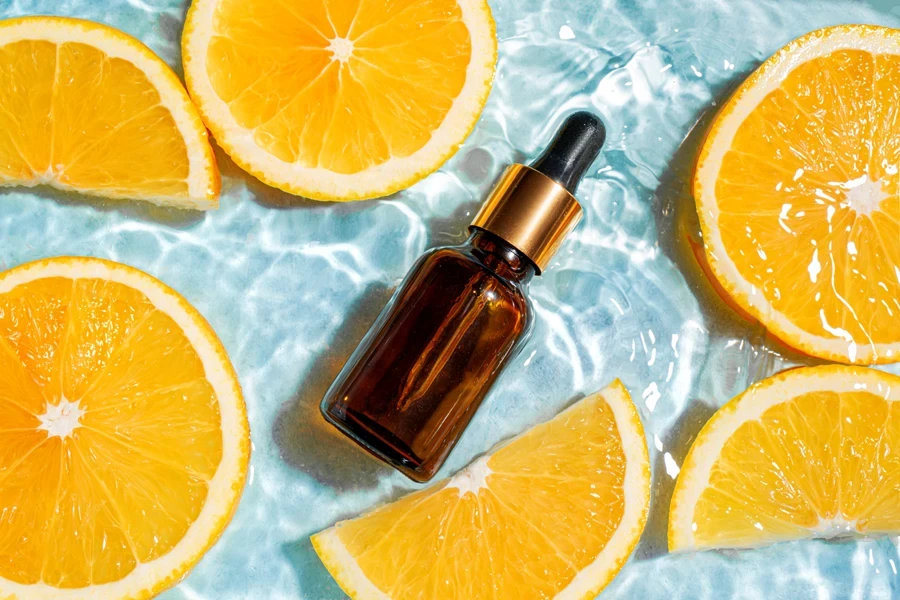
Using the right skincare is key when treating hyperpigmentation; face serums can make a big difference. As mentioned earlier, hyperpigmentation shows up as dark patches on the skin,
This issue is usually caused by too much melanin. Serums that treat this issue fade dark spots and help the skin look more even.
They often include powerful ingredients like vitamin C or niacinamide, well-known for brightening the skin and improving overall tone. Face serums are light and absorb quickly, making them perfect for everyday use in hyperpigmentation skincare routines.
Using a serum that targets hyperpigmentation lets users focus on the dark spots with a concentrated treatment. Regularly used serums can help the skin look brighter, more even, and glowing over time. However, retailers must also tell consumers to use sunscreen when treating hyperpigmentation.
Sun exposure can worsen dark spots, so consumers must always protect their skin. While businesses are selling targeted serums, they should consider offering sunscreens for consumers to add to their routines—it’s a smart and simple way to work toward clearer, healthier-looking skin.
How big is the hyperpigmentation treatment market?
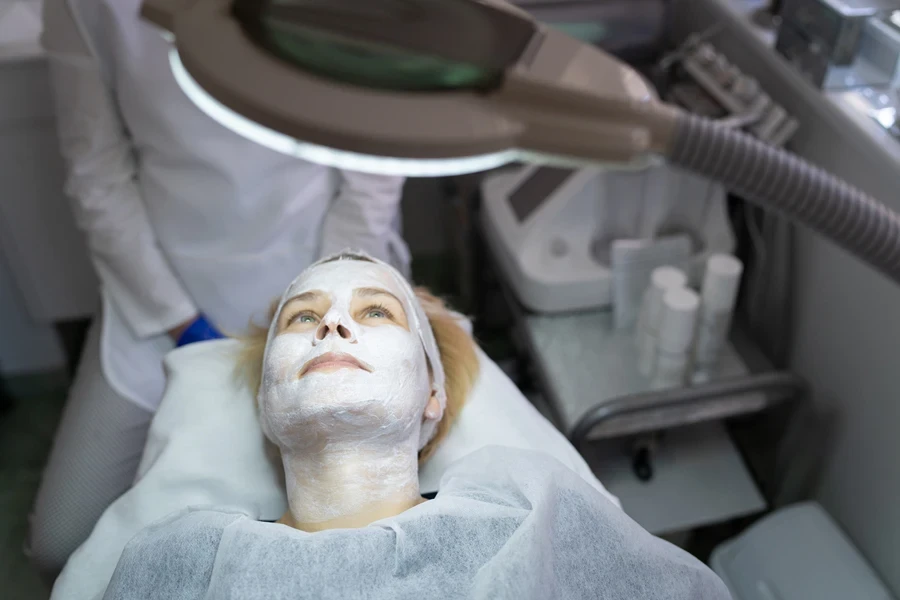
Experts estimate the global hyperpigmentation market’s value at USD 1.39 billion in 2024 and project it will grow to USD 2.02 billion by 2030 at a 6.4% compound annual growth rate (CAGR). Many people focus on their skin’s health and appearance, so there’s a growing demand for treatments that help with hyperpigmentation.
In addition, new and improved technologies (like laser treatments, chemical peels, and micro-needling) are making it easier and more effective to treat dark spots. As these procedures become more affordable and people have more spending power, consumers will become more willing to invest in their skin.
Plus, with a wider range of treatments now available and more dermatology clinics and aesthetic centers opening worldwide, access to these solutions is better than ever, helping the skincare market grow even more.
These trends mean more consumers are now searching for products to help with hyperpigmentation, making it the best time to invest in this segment. North America currently dominates the market with a 53.6% share, thanks to increased consumer awareness about skin health. Europe’s older population also battles with pigmentation issues, positioning the region as a lucrative market for hyperpigmentation products.
What to consider when adding serum for hyperpigmentation to new arrivals
1. Key ingredients to look for
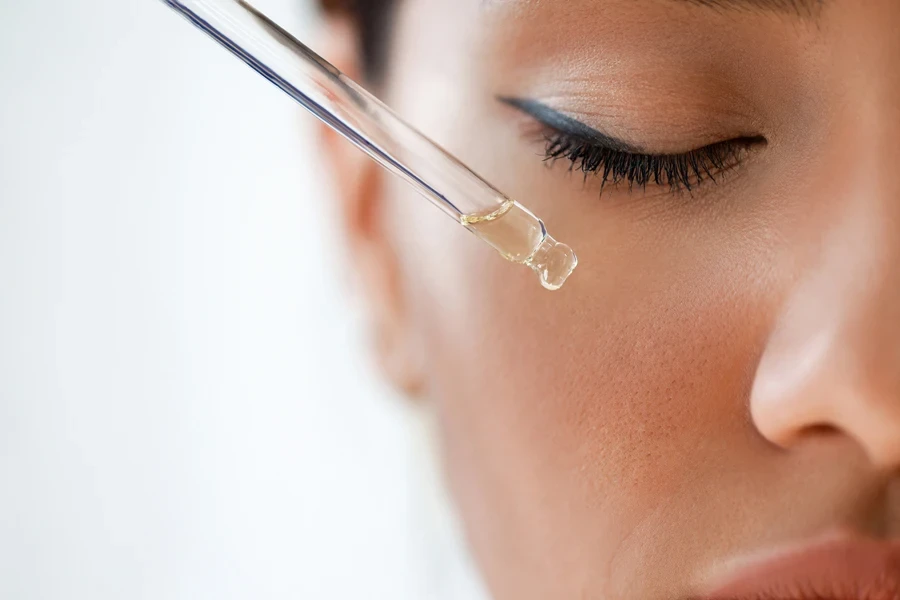
When choosing serums to help consumers treat hyperpigmentation and dark spots, checking the ingredients they contain is important—some are especially good at targeting these concerns. Here are the top ingredients to look for:
Vitamin C
Vitamin C is a strong antioxidant that brightens the skin and helps fade dark spots. It also protects the skin from sun damage and pollution. One way it works is by blocking an enzyme called tyrosinase, which plays a key role in making melanin.
Niacinamide
Also called Vitamin B3, niacinamide is great for calming the skin and fading dark spots. It’s especially helpful for treating marks left behind by acne or irritation (post-inflammatory hyperpigmentation). It also strengthens the skin’s natural barrier, making it healthier overall. The best part? It works well for all skin types.
Hyaluronic acid
While it doesn’t directly fade dark spots, hyaluronic acid keeps the skin hydrated and plump. This helps the other active ingredients (like vitamin C or niacinamide) work even better. It also leaves the skin looking fresh and smooth.
Kojic acid
Kojic acid comes from certain types of fungi and is popular for its ability to fade dark spots and sun damage. It slows down melanin production, making the skin look even over time.
Retinol
Retinol is a form of Vitamin A that speeds up cell turnover. This means it helps the skin shed old, pigmented cells faster and replace them with new ones. The result? A brighter, smoother, and more even-toned complexion.
AHAs (Alpha Hydroxy Acids)
AHAs are gentle exfoliators derived from natural sources like fruit or milk. They help fade dark spots by removing the top layer of dead skin and encouraging new, healthy skin cell growth. Two popular options in serums are glycolic and lactic acid.
2. The consumer’s skin type
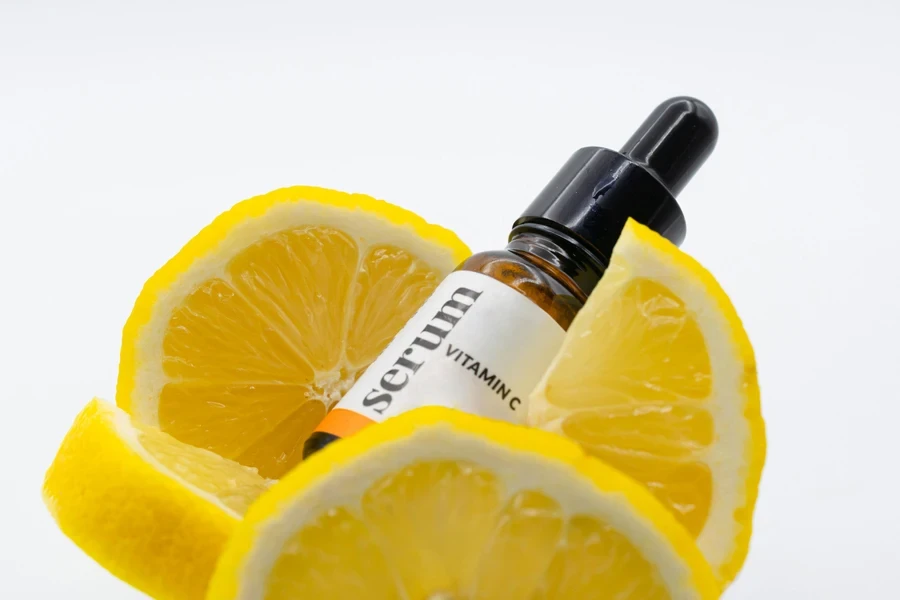
The next important thing to consider is the consumer’s skin type. Retailers must always offer formulas that work well with the target consumer’s skin needs—it’s the only way to give them better results and help them avoid irritation or breakouts. Here’s what to know:
Oily skin
If the consumer’s skin usually feels greasy or shiny throughout the day, they should go for lightweight serums or options labeled “non-comedogenic” (meaning they won’t clog the pores). Such consumers will also target niacinamide, vitamin C, or salicylic acid serums, which can help control oil while tackling dark spots.
Dry skin
What if the consumer’s skin feels tight, flaky, or rough? They’ll want serums that will hydrate their skin. So, retailers can offer them options with hyaluronic acid, glycerin, and squalene to help lock in moisture, keeping the skin soft and hydrated while allowing other active ingredients to fade the dark spots.
Sensitive skin
Some consumers react easily to new products, leading to redness, stinging, or itching. For this reason, anyone with sensitive skin will have a better experience with gentle formulas. The serums should have calming ingredients, like niacinamide, aloe vera, or allantoin, while avoiding strong actives like high-percentage retinol. Unless a dermatologist says otherwise, avoiding strong acids and fragrance-free options is also better.
Combination skin
Consumers may also have oily skin in some areas (usually the t-zone) and dry in others, meaning they’ll need a perfect balance of serums. Formulas for combination skin should offer brightening benefits without being too rich or too drying. For instance, a serum with niacinamide or a gentle vitamin C can help even out the user’s skin tone without throwing off their skin’s balance.
3. Check active ingredient percentages
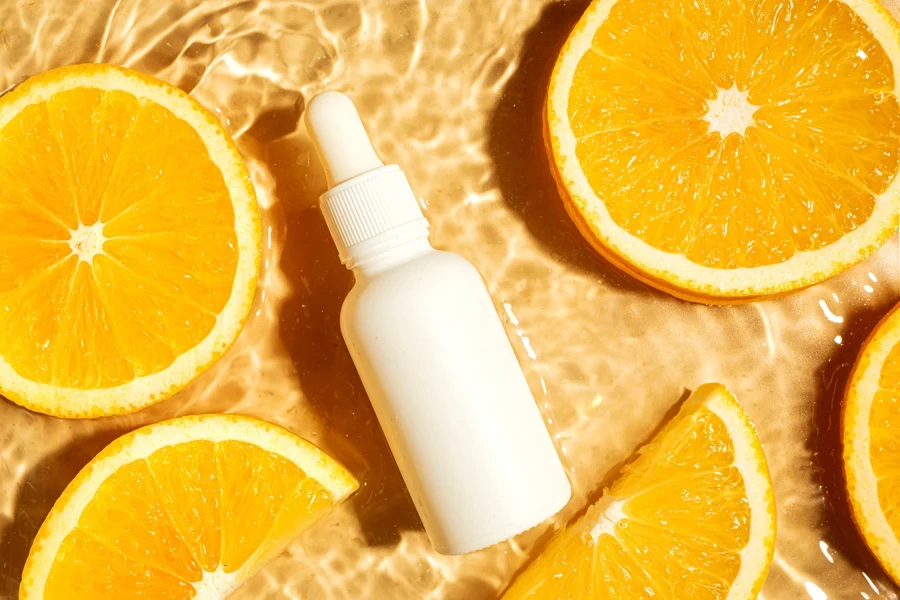
Once consumers have determined their skin type, the next step is to check what’s inside the serum. Ideally, serums for hyperpigmentation should come with one or more of the ingredients already discussed. However, how much of it is inside the serum is also important to consider.
For example, a serum with 10 – 20% Vitamin C is often effective for brightening and tackling dark spots. Too little might not do much, and excess might irritate, especially if consumers have sensitive skin. Retailers must always check the product description to get the right concentration for their target consumers’ skin type and needs.
Rounding up
If consumers treating hyperpigmentation want to see real results, they’ll need the right serum. Ingredients like hyaluronic acid and niacinamide effectively fade dark spots and even out skin tones. Choosing serums that suit the user’s skin will also help, as it will not irritate them and will improve the serum’s effectiveness.
Remember to look for manufacturers offering formulas with proven brightening ingredients and clinical backing. Lightweight water-like serums are also easier for everyday use, making it simpler for consumers to stick with their routine and gradually get smoother, clearer, and more radiant skin.




